Welcoming the Tiger
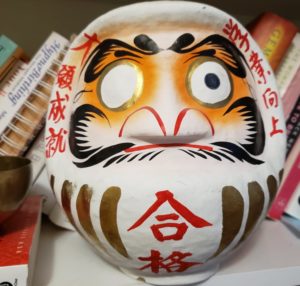
The Animal Zodiac and What it Means For You in 2022
2022 heralds the arrival of the year of the tiger. As each year-end nears in Japan, you begin to see images of one specific animal popping up in just about every setting imaginable; decorations, cards, advertisements. They vary from year to year and are always an animal of the Japanese zodiac. These animals are thought to be indicators of both individual personality and the nature of the year it represents. There are twelve animals, and they influence our world in twelve-year cycles. Your animal is determined by the year in which you are born. If you are in Japan and being asked what animal you are, that person is probably trying to learn more about your personality (of course, they could also be attempting to politely figure out your age without asking directly). The Japanese zodiac is Chinese in origin but has been fully adopted by the Japanese.
Maybe you don’t believe in horoscopes. That is ok because this is a just-for-fun-post. However, from a yogic perspective, there is value in anything that inspires us to pause and contemplate our personality and actions. This is the practice of swadhyaya, or turning inward to discover our true selves. And since this year’s horoscope animal is the tiger maybe it is appropriate to also mention that Shiva is often depicted sitting on a tiger skin symbolizing the victory of divine insight over the tendancy to be led by base instincts.
Before I tell you what animal you are, here is a cute origin story of how the animals in this zodiac were chosen. There are a number of variations on this story. I will pass along the most common version that I have been told by my Japanese friends.
One day the most important god gathered all the animals and told them that he would hold a race the next day to choose twelve animals to make up the zodiac. The order that each animal arrived at this revered god’s home in the heavens would determine their place in this cycle.

To get to the race destination, the animals had to cross a river. The cow knew this would be a challenging race. She was prudent, she planned ahead, and set out early. The rat was not a great swimmer, so asked to ride on the cow’s back (Some stories say the cat also rode on the cow but was pushed off by the rat. Other narratives have the rat lying to the cat about the day of the race causing him to miss it. Either way the cat did not make it into the zodiac because of the rat and this explains their continued rivalry to this day). Anyway, as the cow was approaching the finish line the rat jumped off his back and crossed the line first. This is how the rat became the first animal of the zodiac and the cow the second.
The tiger was the third to arrive. His early arrival was due to his great strength which enabled him to fight the currents of the river. The rabbit came in fourth, having made it across by hopping from stone to stone (and by some accounts with a little help from the dragon).
The dragon arrived in fifth place. This surprised the god who expected such a powerful creature to be first. The dragon explained that he had stopped to assist other race participants, as well as to help the people of the earth with their food and rain shortages.
The horse was the next animal to arrive, but was unaware that the snake had decided to hide in her hoof during the race. Just before reaching the finish line the snake jumped out of his hiding place and startled the horse. This gave the snake time to finish ahead of the horse and become the 6th animal of the zodiac, leaving the horse in 7th place.
The 8th, 9th, and 10th place were taken by the sheep, monkey, and rooster. They arrived together having worked together to build a raft to make it across the river safely.
The dog was next. His late arrival was also surprising as he was known to be an excellent swimmer. He explained that he had paused to enjoy bathing in the river, still landing himself in the 11th spot.

Finally, the wild boar/pig shows up. She had stopped for snacks and had then fallen asleep with a full belly. Upon waking up she rejoined the race and made it just in time for the 12th and final spot.
Each animal’s behaviour in the origin story expresses their nature to some degree. None are wholly good or bad. Each has the capacity for positive and negative expression of their characteristics. According to the Asian zodiac the personality of the animal that represents the year you were born will be reflected in your individual traits and patterns. Every twelve years your animal will come around again to influence the universal energy of that time. The energy of the animal also impacts the nature of the year we are moving into.
In order of their placement on the zodiac, there are some general characteristics of each animal and the years that they govern. Heads up, this post is a barely-researched and superficial presentation of an ancient system that traverses a number of cultures. Mostly, I am repeating things my friends have shared with me. More research is suggested if you want to truly understand the Asian zodiac. That said, let’s enjoy contemplating our place in the world through the lens of this beautiful horoscope.
Rat (2020, 2008, 1996, 1984, 1972, 1960, 1948 …) people are very ambitious, and will push themselves hard to meet their goals. They will work hard and are unafraid of challenge. They are charming and honest. They may easily anger but are skilled at projecting an outward show of control.
Cow/Ox (2021, 2009, 1997,1985,1973, 1961, 1949 …) people are patient and inspirational. They are stirring speakers who inspire confidence in others. Cows exhibit great mental clarity. In the origin story she literally carried the rat to greatness.
Tiger (2022, 1998, 1986, 1974, 1962, 1950 …) people have stubborn tendencies and can be regarded as selfish, cold, and unkind. Tigers are, however, sensitive underneath all of this. They are thoughtful and have great compassion for those they love. They are also known for their courage. This is much like the personality of Tigress, in Kung Fu Panda (if you haven’t seen this beautiful movie, stop reading and watch it now… seriously.)
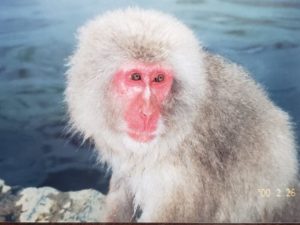
Rabbit (1999, 1987, 1975, 1963, 1951, 1939…) people are good at talking their way into, and out of, things. They are known for being ambitious, virtuous, and reserved. They may have a taste for the finer things in life. Their reputation for being trustworthy means they are usually greatly admired.
Dragon (2000, 1988, 1976, 1964, 1952, 1940, …) people are easily excitable, short tempered, and can be stubborn. Despite their easily angered disposition, they are sensitive, and get their feelings hurt easily. They are also known to be honest, brave, and disciplined. Dragons inspire trust in people. Recall the dragon’s compassionate behavior in the origin story. A complex personality indeed.
Snake (2001, 1989, 1977, 1965, 1953, 1941, …) people are deep thinkers who often do well financially due to their determination in pursuing their dreams. They hate to fail, and will go to great lengths to avoid doing so (recall the origin story). Snakes are often people of few words.
Horse (2002, 1990, 1978, 1966, 1954, 1942, …) people are quick thinkers who are skilled at giving compliments. They tend to be successful in their endeavors, and have capacity to make wise financial decisions. They may talk too much, be impatient, or easy to anger.
Sheep (2003, 1991, 1979, 1967, 1955, 1943, …) people are noted for their quiet elegance. They are drawn to fine arts, and are passionate about the environment, as well as their spiritual endeavors. They may also sometimes be shy, lack will power, and unconsciously take a passive role in relationships.
Monkey (2004, 1992, 1980, 1968, 1956, 1944, …) people are seen as eccentric and highly intelligent. They are good at seeing the big picture and are lucrative in financial dealings. Their inventive, think-outside-the-box insights mean they can solve even complex problems with ease. Their behaviour is often both creative and erratic.
Rooster/bird (2005, 1981, 1969, 1957, 1945, …) people are devoted to their work and enjoy being busy. They push themselves to expand their skills, sometimes to the point of taking on more than they can handle. The rooster is ambitious and always looking to go further. Not achieving a goal is very upsetting for the rooster. They are known for speaking their mind. This is sometimes refreshing and other times may be seen as speaking out of turn.
Dog (2006, 1982, 1970, 1958, 1946, …) people are loyal, honest and work hard to create positive relationships. They inspire confidence in others and are known to be great at keeping secrets. Dogs are humble and easy going, so are considered to be good friend material.
Boar/pig ( 2007, 1983, 1971, 1959, 1947, …) people have an enormous inner strength that is difficult to unseat. They are honest, humble, very affectionate, and extremely kind to those they love. While they have short tempers, they do not enjoy arguments and try to avoid them. They are stubborn, often making it challenging to convince a boar to change their opinion. In the origin story, the boar is known to have rushed past the god at the finish line, and had to eventually turn back to join the group.
What does the Asian zodiac mean for the essence of 2022? I am excited to be entering the year of the Tiger. Yes, once again our year has started out looking a rough on the surface but hopefully like the Tiger it will turn out to be full of silver linings, propelling us to overcome, and discover the joy lurking beneath the turbulence of the superficial.
How accurate is the Japanese zodiac? That is something you will have to decide for yourself. It may well be a coincidence but I am a wild boar and my plan to have this post written two weeks ago was interrupted by a holiday of indulgences that included copious amounts of holiday napping and snacking (generally the same reasons that the boar came last in the origin story). I will also add that in true boar form, I regret nothing and it is unlikely you could change my mind about the value of my chosen course.
Wishing a Very Happy Year of the Tiger to all!
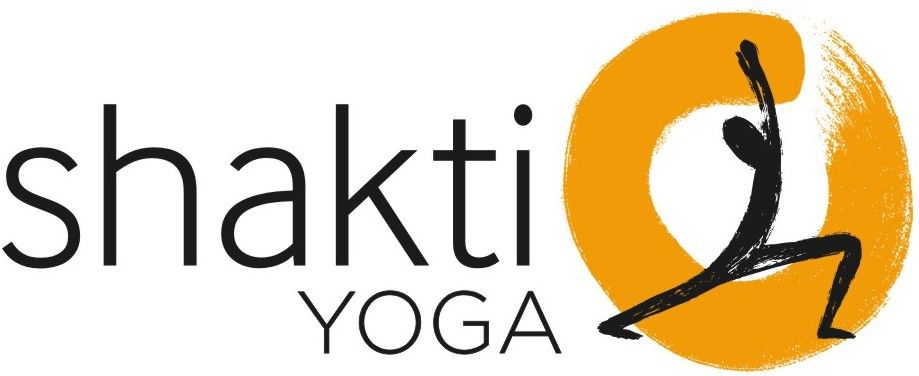



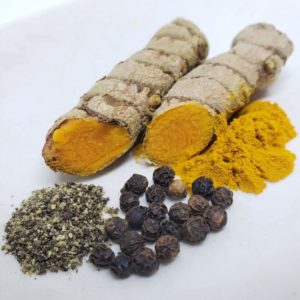 Eating turmeric in golden tea recipes, juices, or sprinkled on food is a great idea, however if you have been using this spice on its own, you may not be reaping the many health benefits that it is known for. Turmeric is bursting with compounds that have potential health benefits but it is actually very poorly absorbed into our bloodstreams. To increase the bioavailability of the medicinal properties of turmeric (curcumin), it is ideal to pair turmeric with other foods that aid absorption, such as black pepper.
Eating turmeric in golden tea recipes, juices, or sprinkled on food is a great idea, however if you have been using this spice on its own, you may not be reaping the many health benefits that it is known for. Turmeric is bursting with compounds that have potential health benefits but it is actually very poorly absorbed into our bloodstreams. To increase the bioavailability of the medicinal properties of turmeric (curcumin), it is ideal to pair turmeric with other foods that aid absorption, such as black pepper.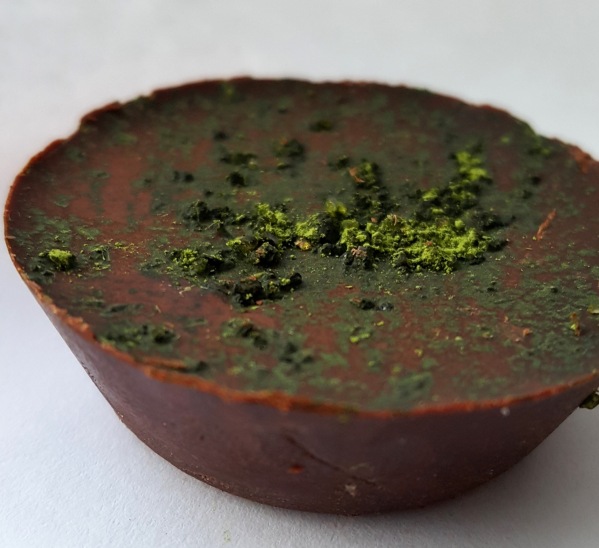 This year I have decided to eat more chocolate. Well actually not more. Anyone who knows me, also knows that I have actually been pretty unrestricted in this area for some time now. What I have decided to do is upgrade my stash. You might assume that I am talking about eating dark chocolate, and that would be true, however my usual chocolate is already 70% cocoa solids, organic & free trade. In fact I am fond of telling anyone who questions the magnitude of my consumption that eating this chocolate is one of the ways that I serve humanity, because altruism is, you know, just my thing.
This year I have decided to eat more chocolate. Well actually not more. Anyone who knows me, also knows that I have actually been pretty unrestricted in this area for some time now. What I have decided to do is upgrade my stash. You might assume that I am talking about eating dark chocolate, and that would be true, however my usual chocolate is already 70% cocoa solids, organic & free trade. In fact I am fond of telling anyone who questions the magnitude of my consumption that eating this chocolate is one of the ways that I serve humanity, because altruism is, you know, just my thing.
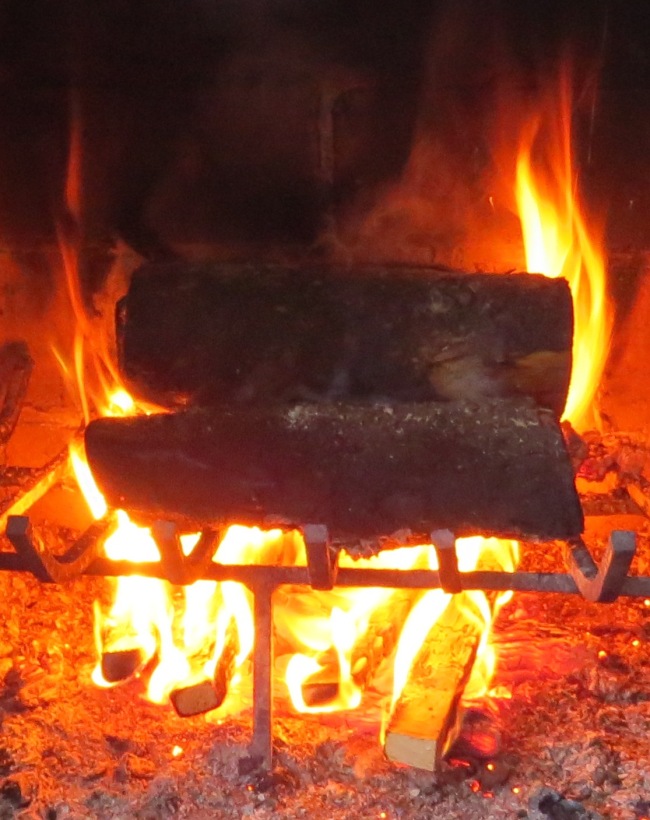

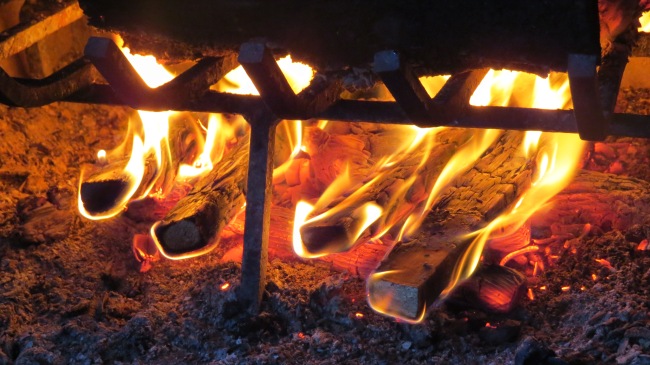
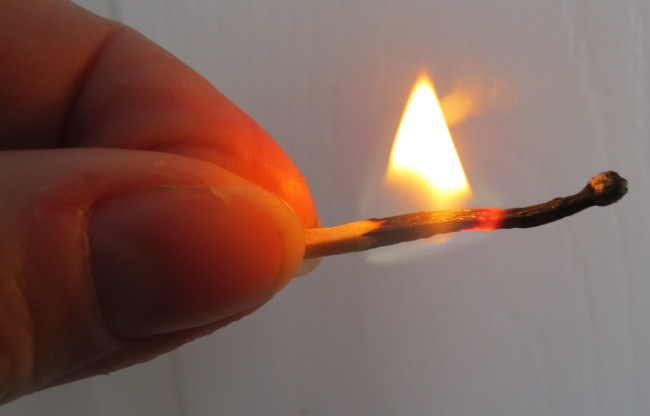
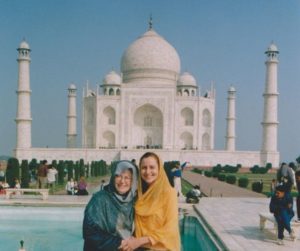 Is the Western perception of yoga a barrier for some?
Is the Western perception of yoga a barrier for some? 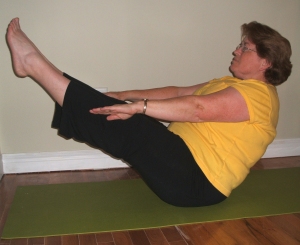
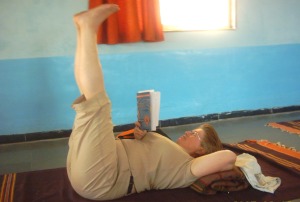
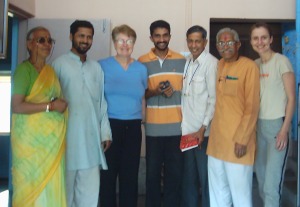
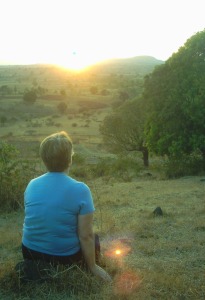
 I was introduced to ghee when my mother and I were on our first Indian backpacking trip. Mom had some scratches on her legs that were getting sorer and more worrisome by the week. We were staying at an ashram and the morning prayers had just been done with a purifying fire ritual. When our teacher saw my mother’s legs he exclaimed, “That has to be treated now!” He promptly pulled some burnt, ghee-soaked, coals out of the ceremonial fire ashes, ground them between his fingers, and explained that the holy healing properties of ghee, further purified by fire and morning prayers, would be the most powerful remedy possible. We were doubtful, but had already tried all of our travel pharmaceuticals, and so she rubbed this black, greasy powder all over her angry wounds. As you are probably by now expecting, the cuts promptly healed and disappeared. It was only later that we learned, in addition to being an integral part of traditional Indian healing practices, ghee is also an Indian cooking staple.
I was introduced to ghee when my mother and I were on our first Indian backpacking trip. Mom had some scratches on her legs that were getting sorer and more worrisome by the week. We were staying at an ashram and the morning prayers had just been done with a purifying fire ritual. When our teacher saw my mother’s legs he exclaimed, “That has to be treated now!” He promptly pulled some burnt, ghee-soaked, coals out of the ceremonial fire ashes, ground them between his fingers, and explained that the holy healing properties of ghee, further purified by fire and morning prayers, would be the most powerful remedy possible. We were doubtful, but had already tried all of our travel pharmaceuticals, and so she rubbed this black, greasy powder all over her angry wounds. As you are probably by now expecting, the cuts promptly healed and disappeared. It was only later that we learned, in addition to being an integral part of traditional Indian healing practices, ghee is also an Indian cooking staple.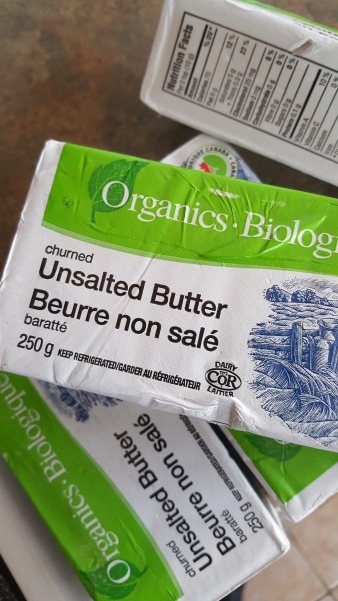
 u will be able to see all the way to the bottom of the pot. The ghee will have become translucent.
u will be able to see all the way to the bottom of the pot. The ghee will have become translucent.









